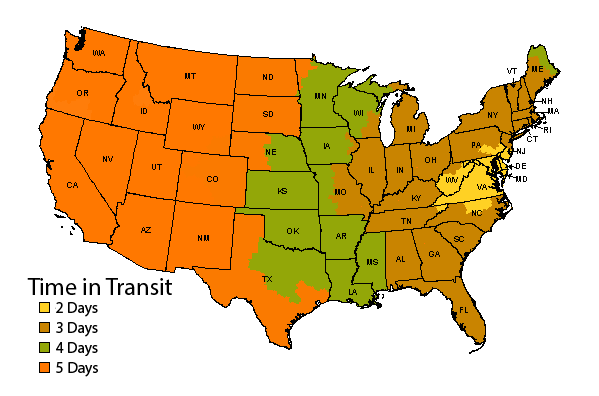
Delivery time estimates do not apply to personalized, large or heavy items (over 20lbs.) that require special shipping, items shipped directly from the manufacturer, or out-of-stock items.
Delivery estimates only apply to the contiguous United States. Saturday, Sunday and national holidays are not considered business days for these estimated transit days.
Incredible, Edible Flowers
Who says a garden can’t be beautiful and practical? Some of the showiest blossoms and classic garden staples are more than just pretty petals. Check out our list of our favorite edible flowering plants and some ways to enjoy them!
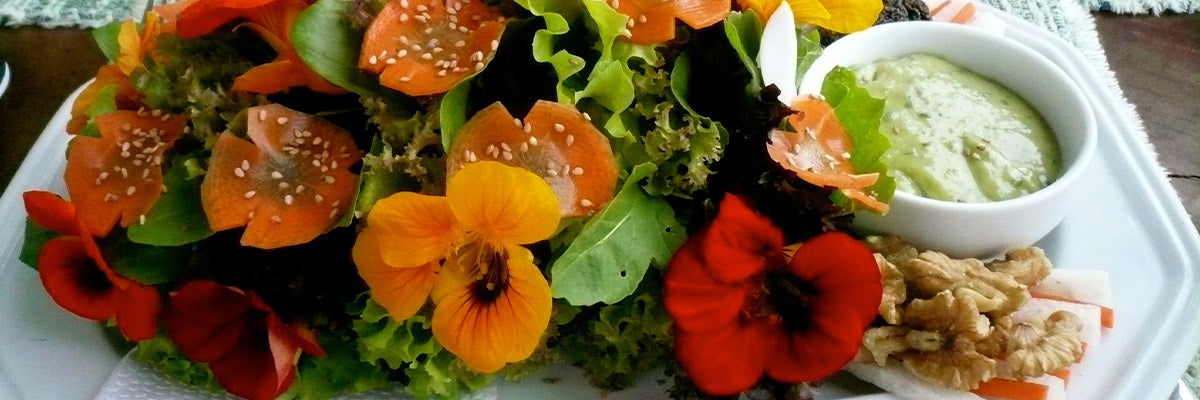
Roses
Rose, like most edible petals, can be used fresh in all kinds of salads. Dried, you’ll find it’s a common seasoning in many Middle Eastern cuisines. Dive into the bold taste of one the most romantic flowers with delicious recipes from the Persian Fusion or The Bottom of the Pot.
Rose water is a fragrant and truly refreshing way to indulge in a little rosy flavor. It’s incredibly easy to make at home with a pot with a lid, a heat safe bowl, water and rose petals. Add it to cocktails, iced tea, lemonade, and your beauty routine as a facial treatment or to scent your bath water.
Although you can eat roses, not every one is going to deliver robust rose flavor. Look for Rosa rugosa, also known as beach roses, or choose other varieties that offer a full, floral scent to get the best tasting petals.
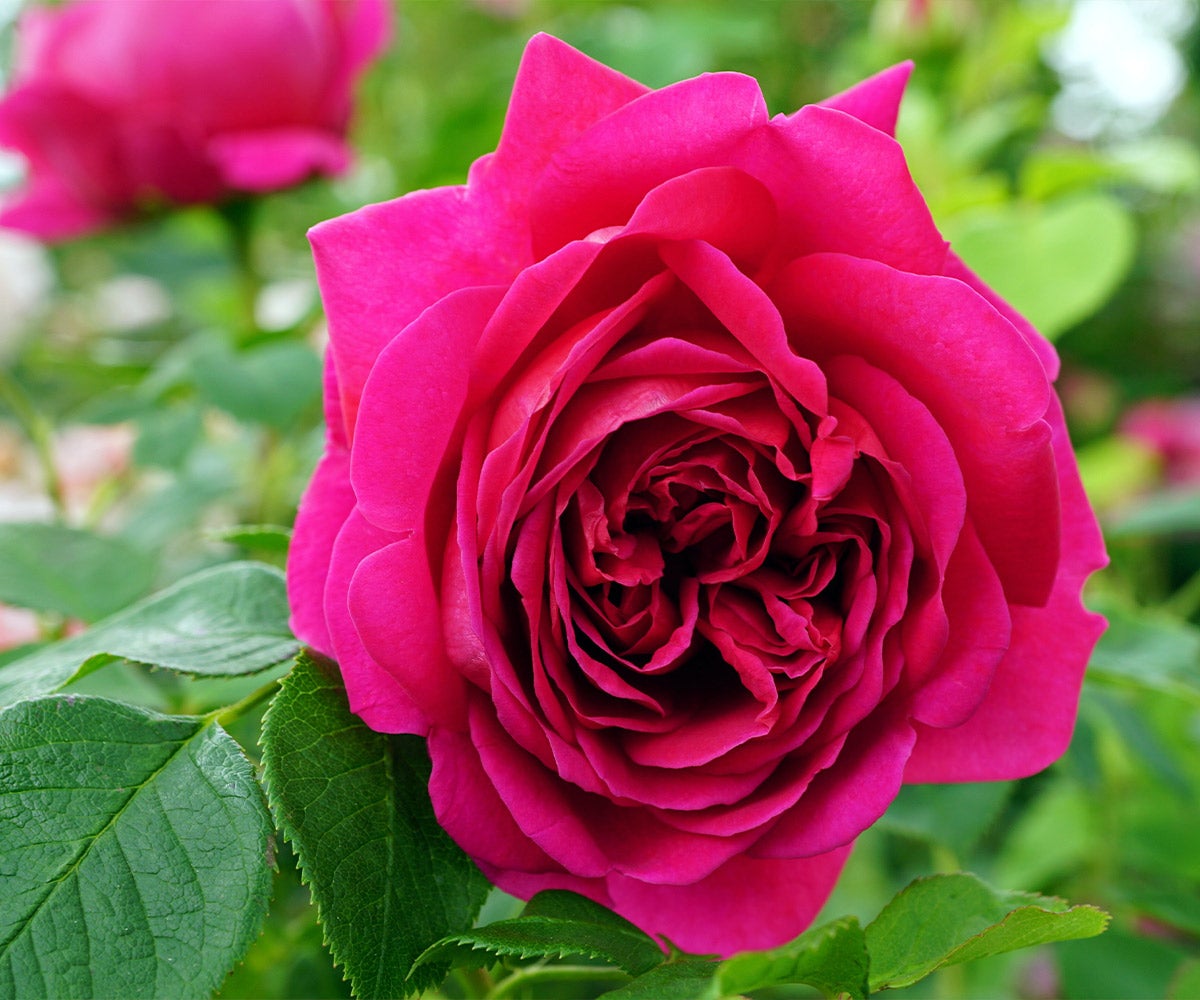
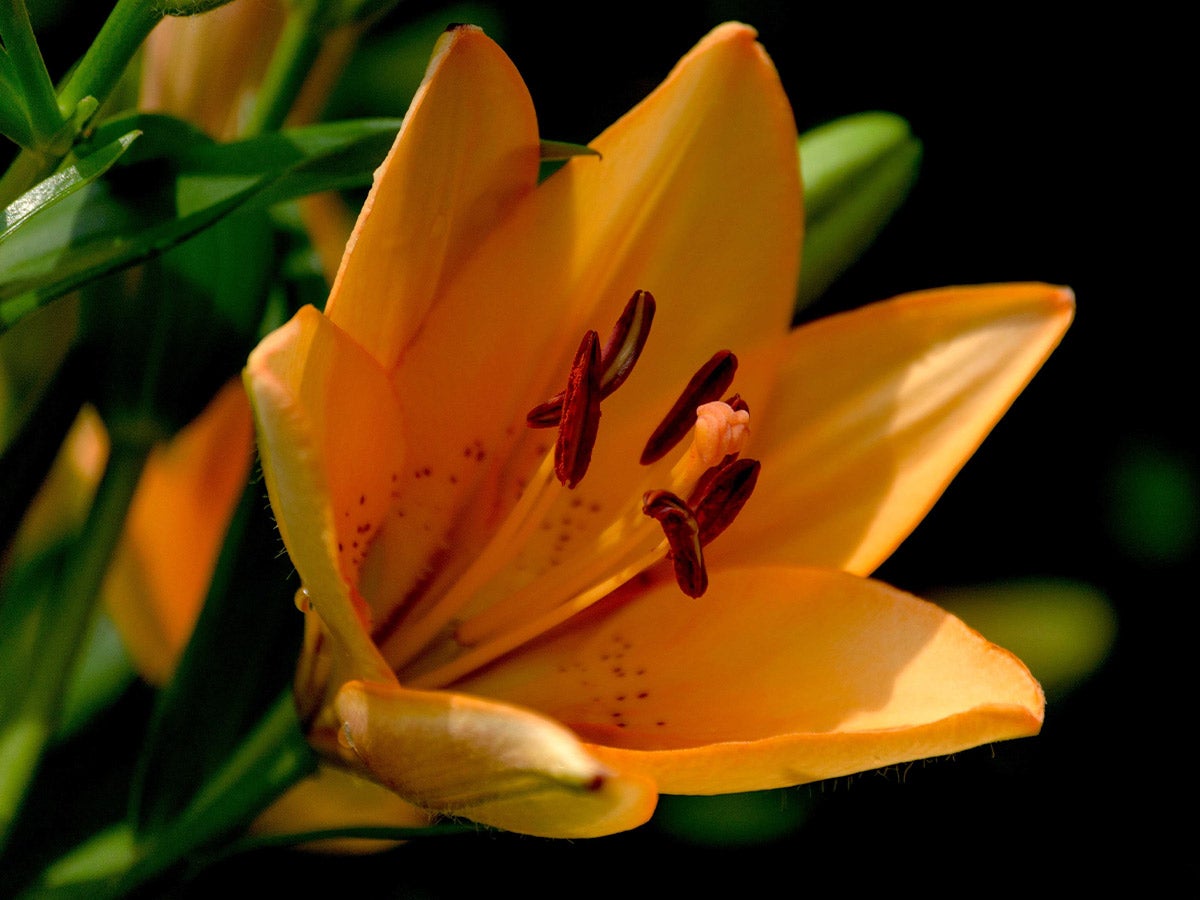
Daylilies
Daylilies are popular both fresh and dried in many Asian dishes and every part of the daylily is edible – from tuber to petal. Check out PBS’s Kitchen Vignettes Daylily Fritters for an easy crowd-pleasing introduction to these tasty flowers. Or let them star in your next stir-fry dinner.
Pickling is a wonderful way to preserve the bright flavors of the summer to enjoy during the short, cold days of winter and everyday in between. Daylily buds make an excellent candidate for quick pickle to add to your next barbecue spread as a table, relish or incorporated into salads.
Marigolds
Typically used to protect tasty veggies from unfriendly insects or as a cheery garden filler plant, this hardworking flower is a unique and nutritious addition to almost any recipe. Simply pull the petals and remove any green or white bits with scissors. The green and white bits are fine to eat, but can impart a strong bitterness that is better avoided.
Ease into cooking with marigolds by using them to punch up salads, create petal confetti ice cubes or steep as tea. Level up your dishes by adding them to stir-fries and quiche. Expert level home cooks use dried marigold blossoms (known as “poor man’s saffron”) as a substitute for the harder to find and more expensive saffron.
A word from the experts, although all species of marigold are edible, some are more palatable than others. Look for French Marigolds, Gem Marigolds and Mexican Mint Marigold for the most pleasant tasting.
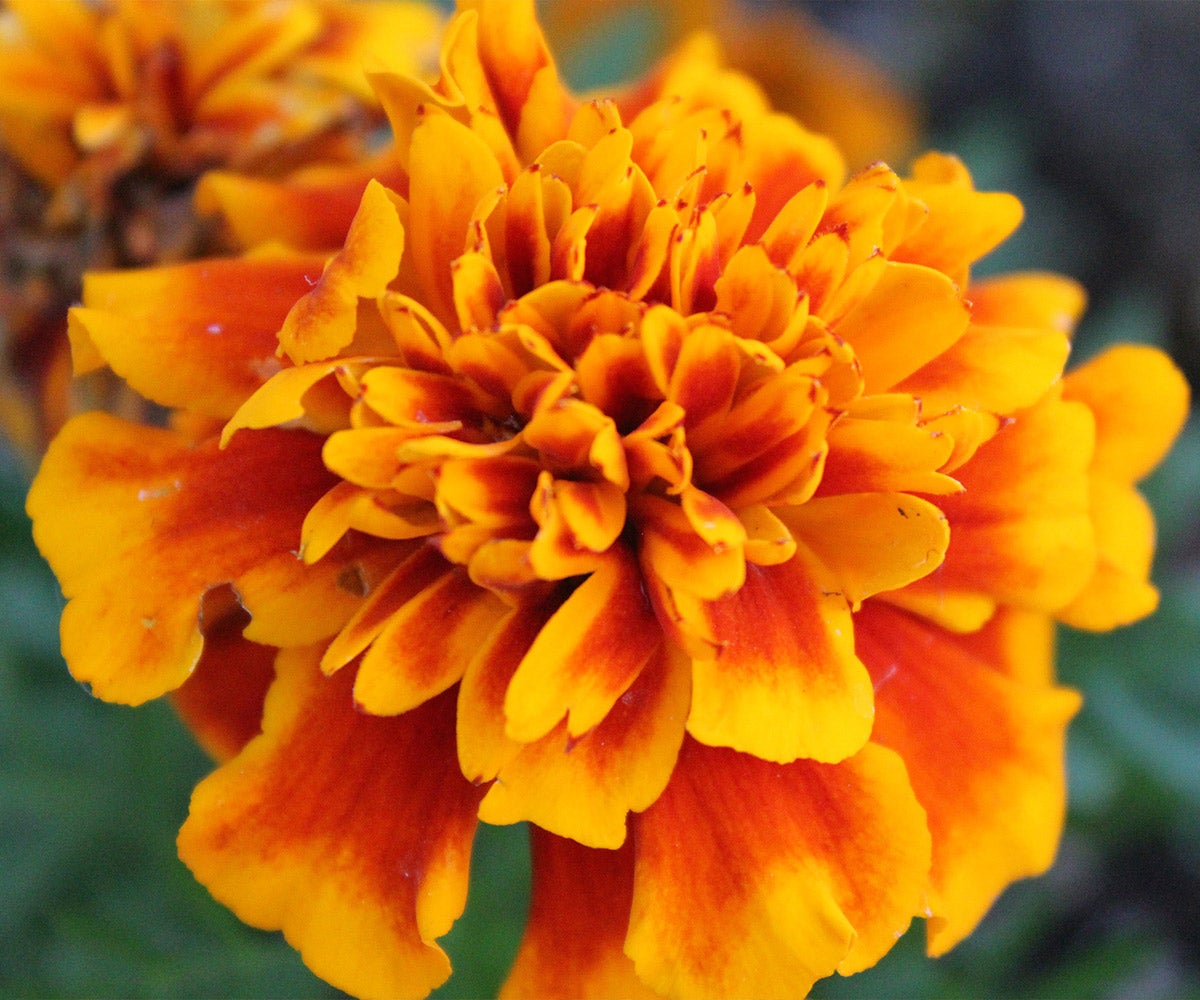
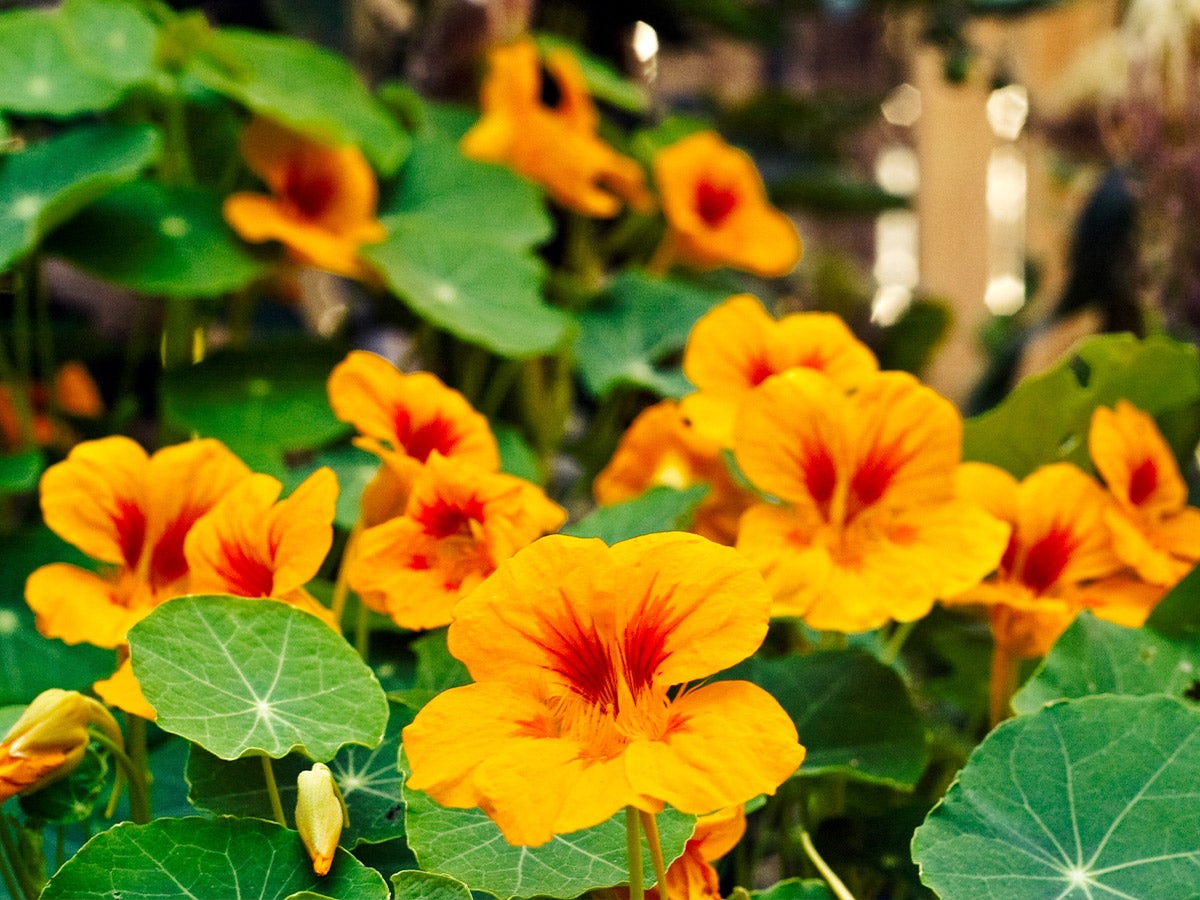
Nasturtium
If you enjoy a light peppery touch in your cooking that’s reminiscent of fresh radish, the friendly nasturtium is a winning flower.
Much fanfare is made about their stronger flavored leaves in salads, pickle and pesto, but the brightly colored flowers shouldn’t be passed over. A natural use for these spicy gems is to add them to your sandwiches or sugar them to adorn your baked goods to give new life to your old favorites.
The flowers are delicate so use them to add the final touch to dishes and avoid cooking them to enjoy their flavor and texture at their peak.
Flowering Herbs
Most culinary herbs you know, love and grow in your kitchen’s garden have edible flowers. Allium species like garlic and onions grow globe-shaped clusters of tiny, delicately flavored flowers, while dill and cilantro grow umbrellas of tasty florets, and mints produce spear-like groupings of flowers that add a refreshing note to a dish.
Use the flowers the same way you’d use the leaves – garnish, teas, pickle, salads…wherever a pop of herbaceous delight is welcome. Be sure to nibble them first, some herbs (looking at you cilantro!) have particularly potent petals so a little goes a long way.
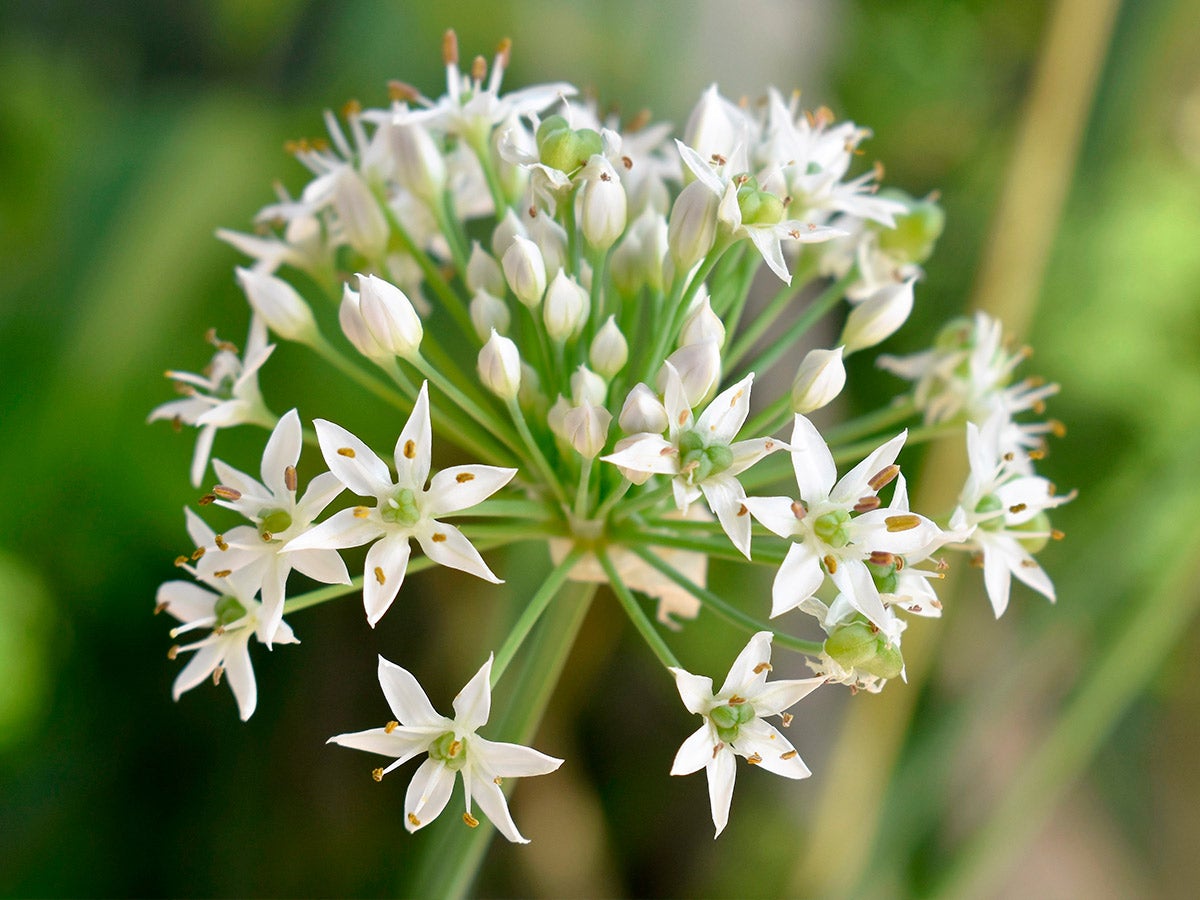
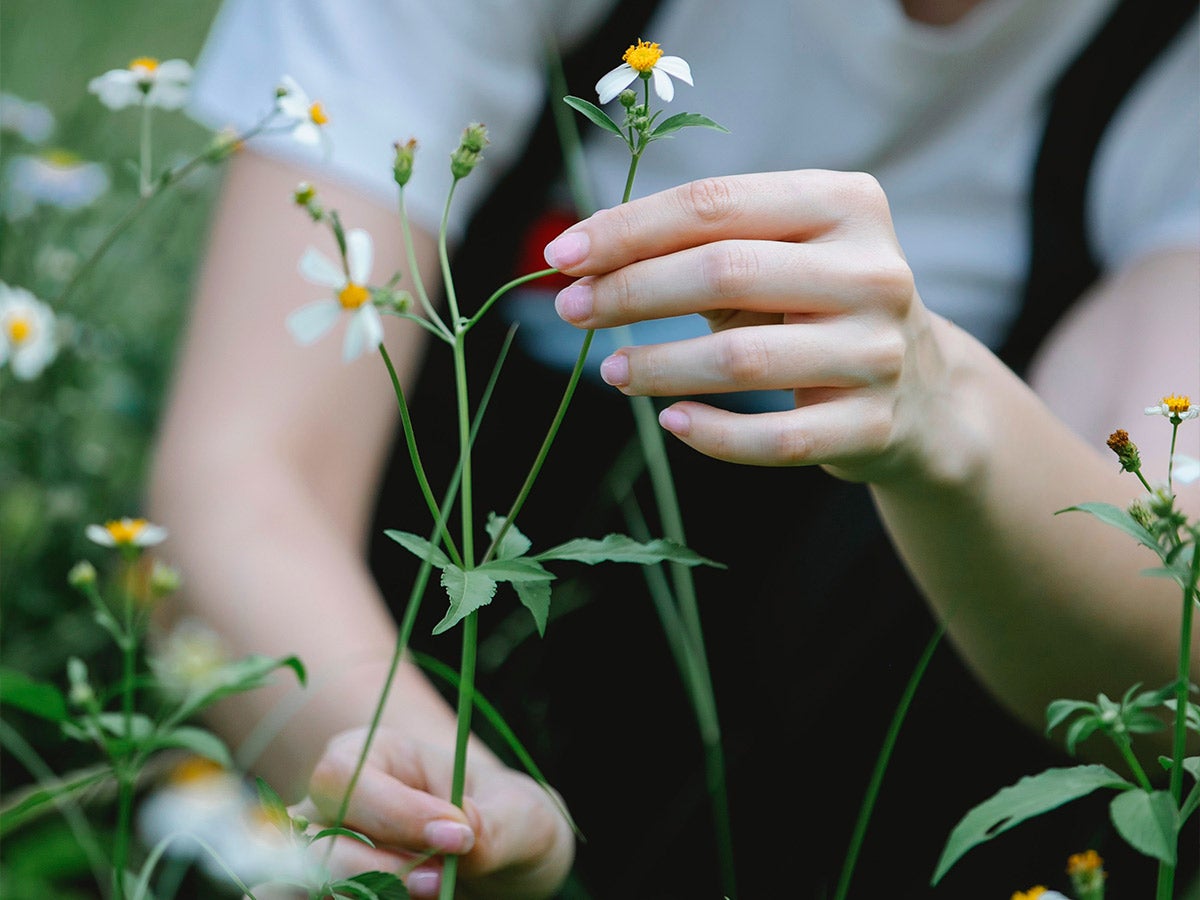
Mise en Place
A final word on foraging for your food – done safely, eating home grown and foraged food is a wonderful, sustainable way to expand your repertoire. Whenever you go to eat a plant, be sure you have correctly identified it. It’s always better to be safe than sick. There are a lot of great field guides and other trusted resources available to help learn to recognize tasty plants. Check out your local library, the USDA site or search Mother Earth News for information on foraging and native plants.
Happy gardening & bon appétit!




